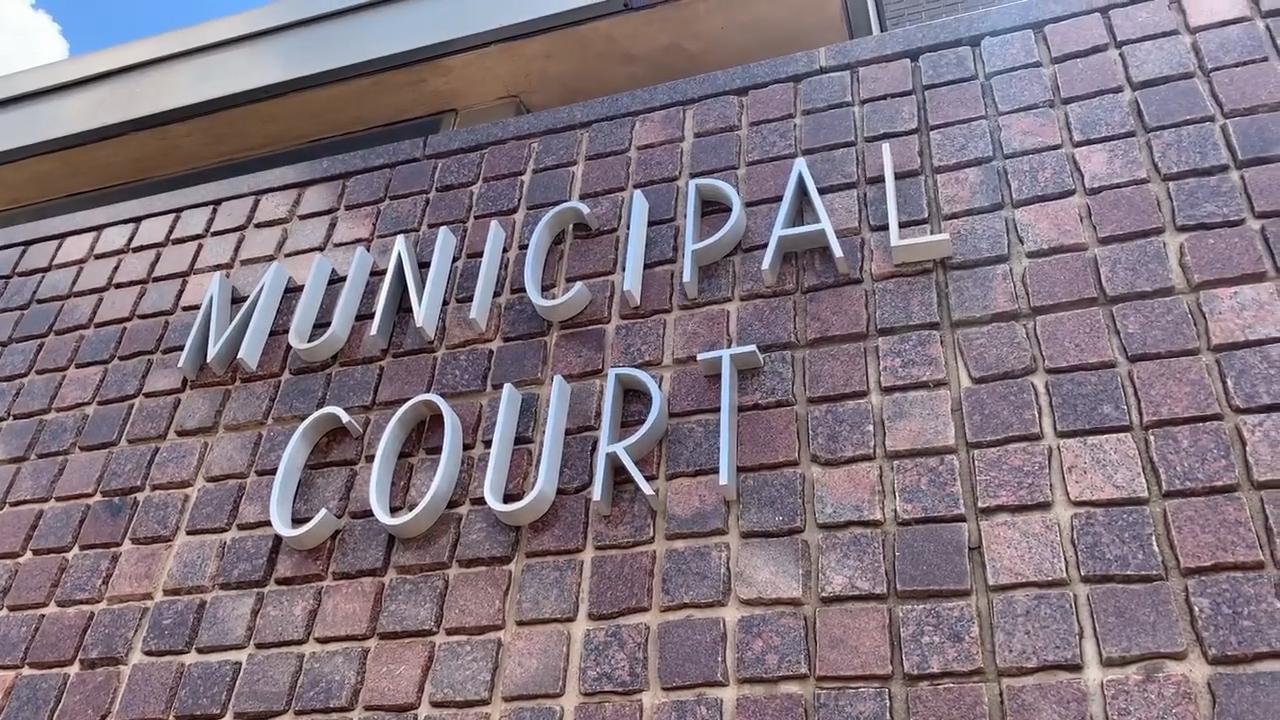Wednesday’s haboob impacted visibility as 61 miles per hour winds and dust moved through Lubbock. Allergist, Dr. Robert Mamlock, said things called irritants come with those storms and it’s not good for your lungs.
“There’s really a complex interaction between weather, human health, and aerobiology,” said Mamlock, “People who don’t have allergies or asthma can have adverse effects by inhaling particulate matter. It’s largely quantitative depending how much.”
Dr. Mamlock said if another haboob makes its way through the city, you should stay inside. He said covering your mouth and nose during the storm might not be enough to avoid these irritants getting into your body.
“Go inside. Please. You have no business being outside during an outdoor dust storm,” said Mamlock.
He said it may not even be the dust giving you allergies, but the thunderstorms that follow the haboob.
“We know that that can kick up pollen and cause an enormous influx in change in aerobiology that can cause really an epidemic of immediate asthma and has in several cities,” said Dr. Mamlock.
There was a study done in West Texas back in the 90s that shows there is no correlation between a spike in asthmatic patients in ERs and dust storms, but Mamlock still doesn’t suggest you stand outside during a weather event like that.
If you’re experiencing breathing problems, he suggests you make your way to the hospital.
“For children, look at their chest. Breathing more than 60 times a minute or sucking in with skin between our ribs, if we’re flaring at our nose, those are all signs of air hunger,” said Mamlock.



























